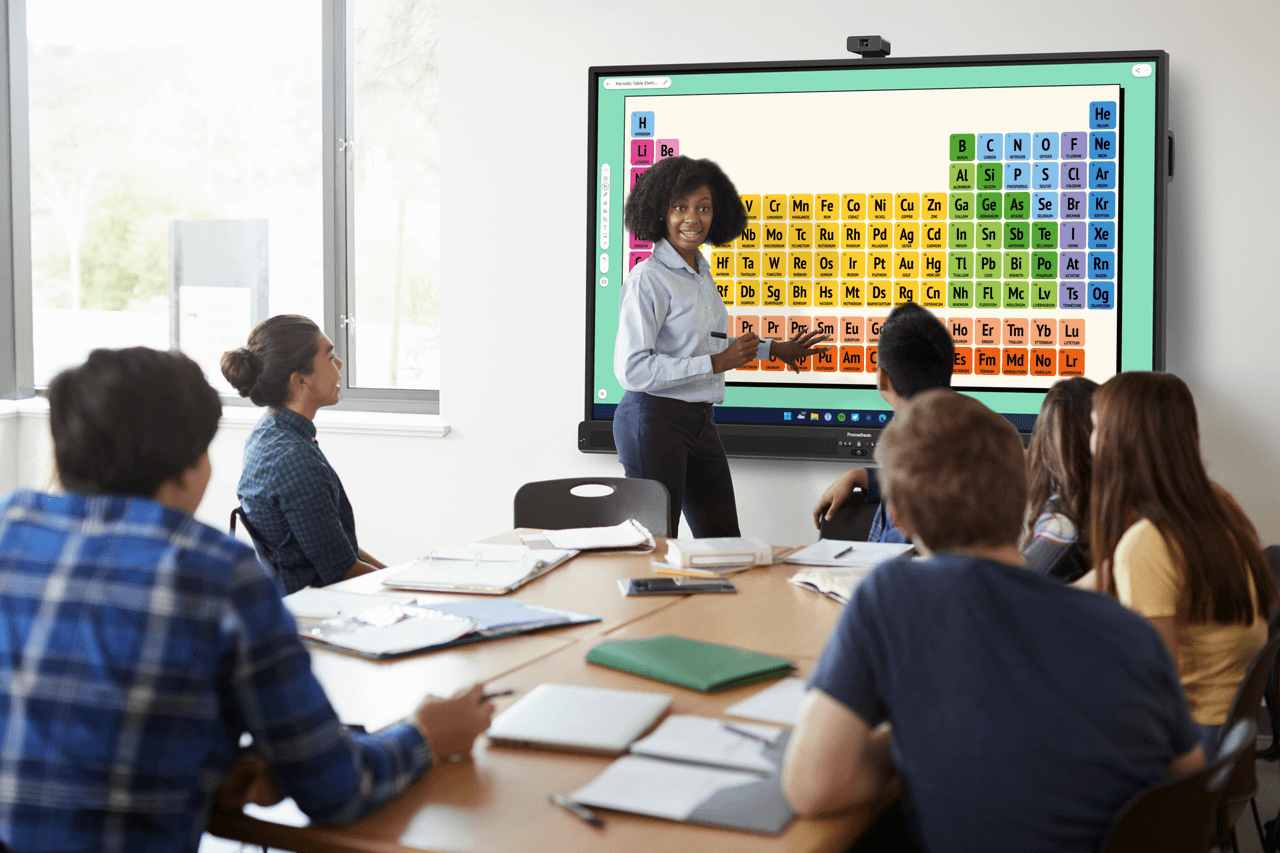Published on November 11th, 2020
The digital divide is widening as schools shift to remote and hybrid learning
7 minute read

The COVID-19 pandemic and the move from in-person learning to remote or hybrid models exposed many deep-seated problems within the U.S. educational system—from the lack of teacher training to insufficient technology resources. But probably the most serious issue the nation has had to face is the vast digital divide among its students.
Before the pandemic hit, an estimated 15% of the nation’s 50 million students had no access to high-speed internet at home.[1] A more recent poll conducted in April 2020—as the pandemic was causing most schools to conduct class remotely—found that 22% of parents said it was very or somewhat likely their kids wouldn’t be able to complete their schoolwork because they didn’t have a reliable internet connection, and 21% identified the lack of a home computer as a barrier.[2] Those percentages are even higher among low-income families.
Promethean’s 2020 State of Technology in Education report asked 1,200 American administrators and educators what their biggest professional challenges to remote teaching would be, and 31% cited “the digital divide across the student population” as their greatest concern. When asked what the biggest barrier to maximizing student success in the coming school year would be, all respondents pointed to the digital divide.
Getting kids the technology they need is tough—but it’s critical
Students in low-income communities have always come up against major roadblocks to academic success. For example, while the “summer slide” affects all students to a certain extent, lower-income kids suffer the greatest loss of educational achievement over the summer because they have less access to learning opportunities. Now, these students are facing a “COVID slide” as well, wherein months upon months of not having adequate technology tools to do their schoolwork could make the learning gap even wider and harder to overcome.
School districts across the country are struggling to find ways to ensure that underserved students can get the computers and internet access they need to continue their education without interruption, but it’s a daunting task. According to one estimate made before school resumed in the fall, getting students and teachers the equipment they need for distance learning would cost $3.8 billion nationwide.[3]
While some larger, wealthier districts such as Los Angeles and San Diego were able to get laptops and network hot spots to thousands of students, smaller and poorer districts such as Palo Verde in a rural part of California resorted to distributing paper “learning packets” every two weeks. One survey found that 47% of high-poverty districts focused on paper packets for their distance learning.[4]
Finding opportunities in challenging times
School districts have had to get creative to find ways to deal with the lack of access to computers and the internet among underserved populations. Using a variety of funding sources—from the federal CARES Act to private philanthropies to rainy day funds—schools are doing things like purchasing 4G wireless hotspots, buying discounted wired internet services, setting up public hotspots in school parking lots, and sending Wi-Fi-equipped buses to neighborhoods lacking service.
But while some are scrambling to find quick fixes, others are looking long term, hoping to use this moment of crisis to begin solving one of the educational system’s most intractable problems. For example, New Hampshire is subsidizing the extension of private ISP networks to reach 5,500 new properties. Boulder Valley School District in Colorado partnered with a private wireless ISP to give free service to low-income students at home in exchange for access to the school district’s rooftops and fiber network. And Chattanooga, Tennessee, recently announced a program of free access for low-income families for the next 10 years, building on the city’s previous decade of investing in internet access for all.[5]
Bridging the digital divide most certainly depends on having the necessary funds to ensure everyone gets equal access, but much can be accomplished with innovative thinking, out-of-the-box partnerships, and long-term planning and investments. It’s also important not to focus solely on money, hardware, and internet access.
Harvard lecturer on education, Uche Amaechi, noted that one of the key factors of success when it comes to remote learning is to pay close attention to the unique needs of each student and their family: “The better you know your population, the better that you know the needs and the variations in the needs of your population, the better you can serve them.”[6]
Even if educators succeed in getting the necessary equipment and access to their students, there are no guarantee kids will be able to use them. Therefore, comprehensive support for these students—including training them on their new tools and dealing with any social or familial problems they might be confronting—must be ongoing.
For more in-depth insights into key issues facing schools, download the full State of Technology in Education 2020 report.
[1] https://www.pewresearch.org/fact-tank/2018/10/26/nearly-one-in-five-teens-cant-always-finish-their-homework-because-of-the-digital-divide/
[2] https://www.crpe.org/thelens/digital-divide-among-students-during-covid-19-who-has-access-who-doesnt
[3] https://www.wired.com/story/schools-digital-divide-remote-learning/
[4] https://www.wired.com/story/schools-digital-divide-remote-learning/
[5] https://www.fastcompany.com/90543628/remote-education-is-forcing-the-u-s-to-confront-the-digital-divide
[6] https://www.gse.harvard.edu/news/20/04/harvard-edcast-remote-learning-and-digital-divide




